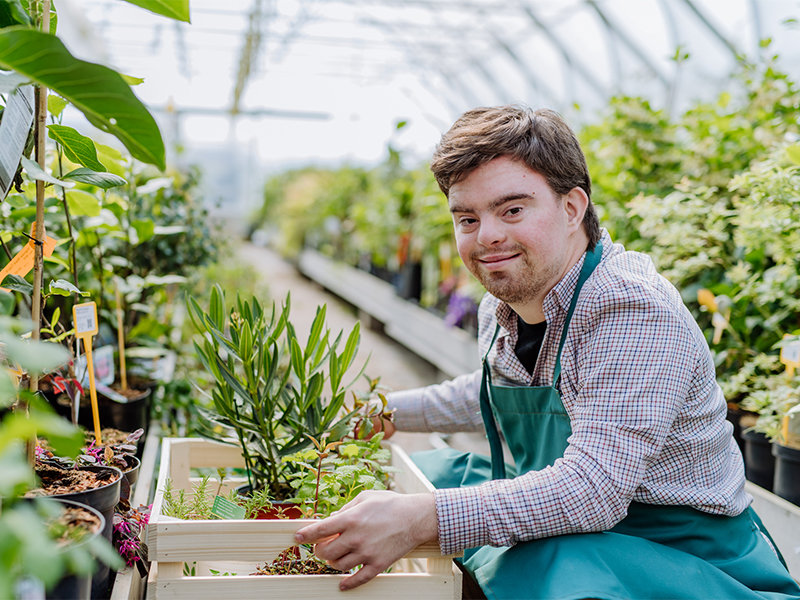
To be truly inclusive, employers must offer more employment opportunities for those who are neurodivergent or have a mental health or disability need. It’s good for the individuals — allowing them to build wealth and independence. And, research shows, it makes businesses and communities stronger.
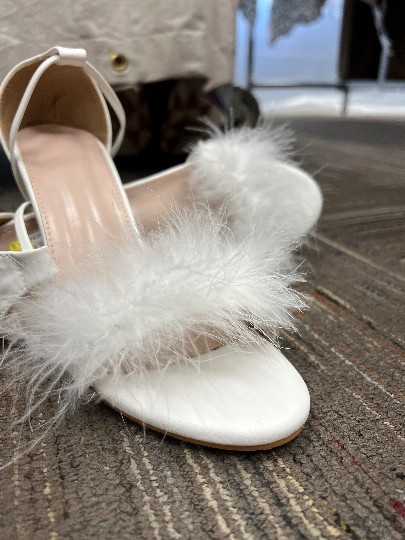
This year, for the Fraser Gala, presented by The Duane and Lynda Jergenson Family Foundation, we’re celebrating Fraser’s 90th anniversary by looking back on all the decades Fraser has served individuals and families with autism, mental health needs and disabilities.
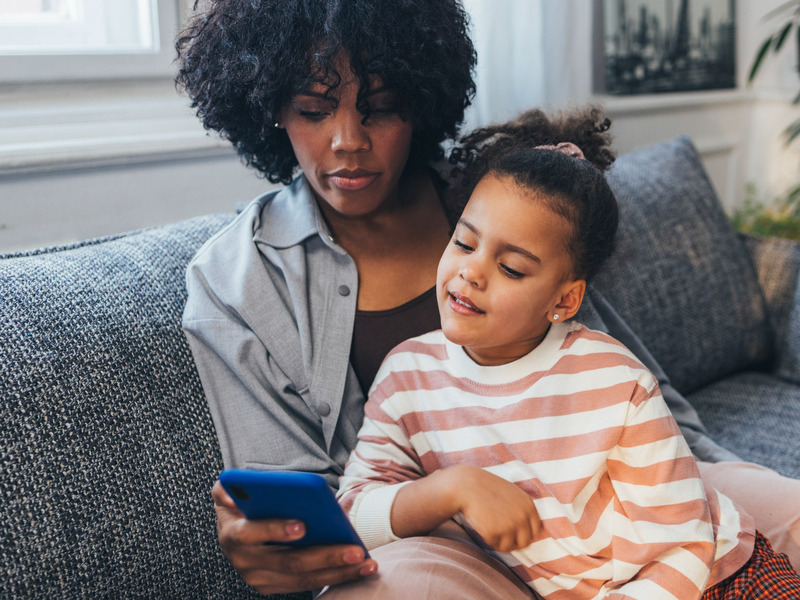
Everyday outings like visiting the doctor, getting a haircut, attending sporting events, or going to music or theater performances can be challenging for individuals with autism and those with sensory processing differences. Sensory stimuli like unexpected or loud noises, bright lights, crowds, strong smells, and textures can be overwhelming. It can cause people with sensory processing differences to avoid certain situations or to experience anxiety and distress.

Do you find long meetings hard to follow or stay engaged in? Do projects seem to take more time and energy than you expect? Even with the best intentions, do you sometimes run late or struggle to switch tasks on schedule? Do you jump in during conversations because it’s hard to hold a thought while waiting to speak? If any of these statements describe your daily workday, it’s possible you are dealing with adult ADHD at work.
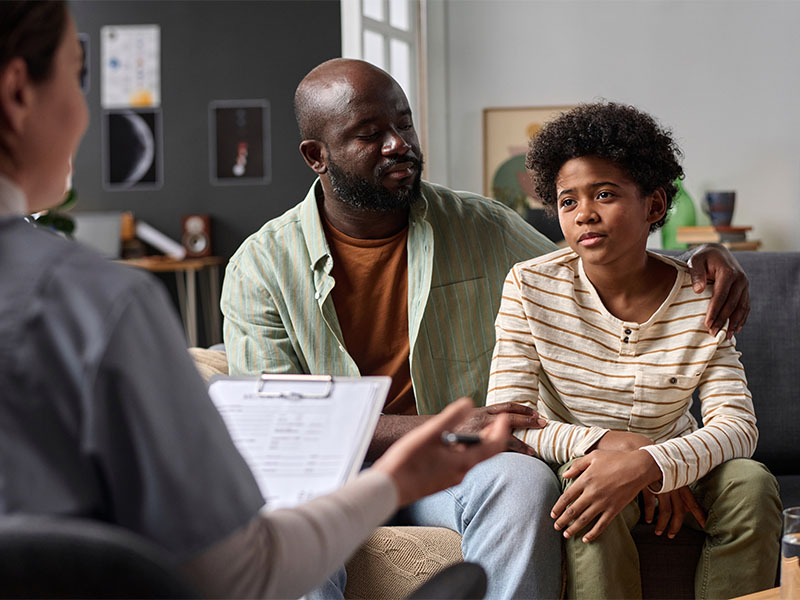
Whole-person healthcare is the standard for best patient outcomes. When doctors and specialists that treat a patient share information, patient health is treated from many angles: body, mind, and soul. That’s why whole-person healthcare is quickly becoming the standard of care at many organizations, like Fraser.
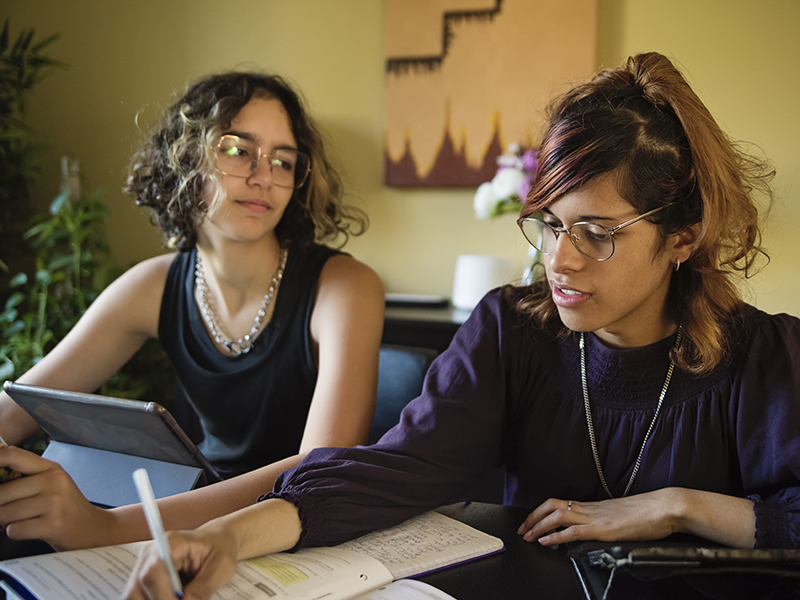
In 2022, the national suicide lifeline — 988 — launched, creating the first nationwide support for people struggling with suicidal ideation in the U.S. The free, 24/7 lifeline marked a major milestone for mental health support. However, on July 17, 2025, 988 officially stopped serving LGBTQ+ youth. Despite these services no longer being offered through 988, organizations like The Trevor Project have stepped up to fill the gap. Here are some other local and national emergency resources for LGBTQ+ youth in the U.S.
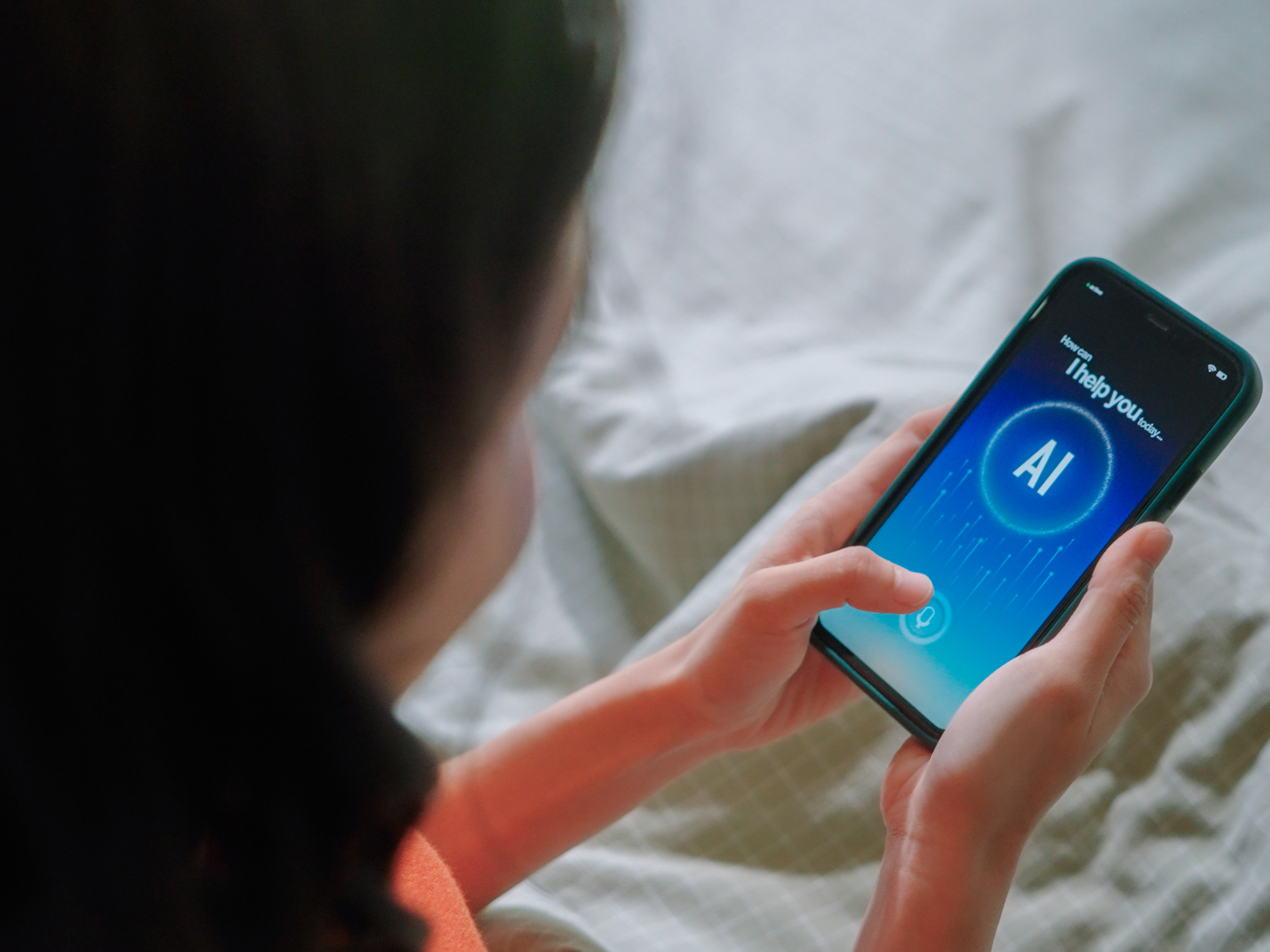
The rise of artificial intelligence (AI) has simplified processes for many, allowed them to automate unwanted tasks and helped them accomplish more in a day. Some also use AI chatbots as entertainment: to create funny images or to talk to when they’re bored. While AI certainly has value — I used it to proofread this article — people have started to use it for more complex tasks, like a stand-in for a mental health therapist. On the surface, this might seem like a good idea. However, relying solely on an AI chatbot to care for your mental health may do more harm than good.
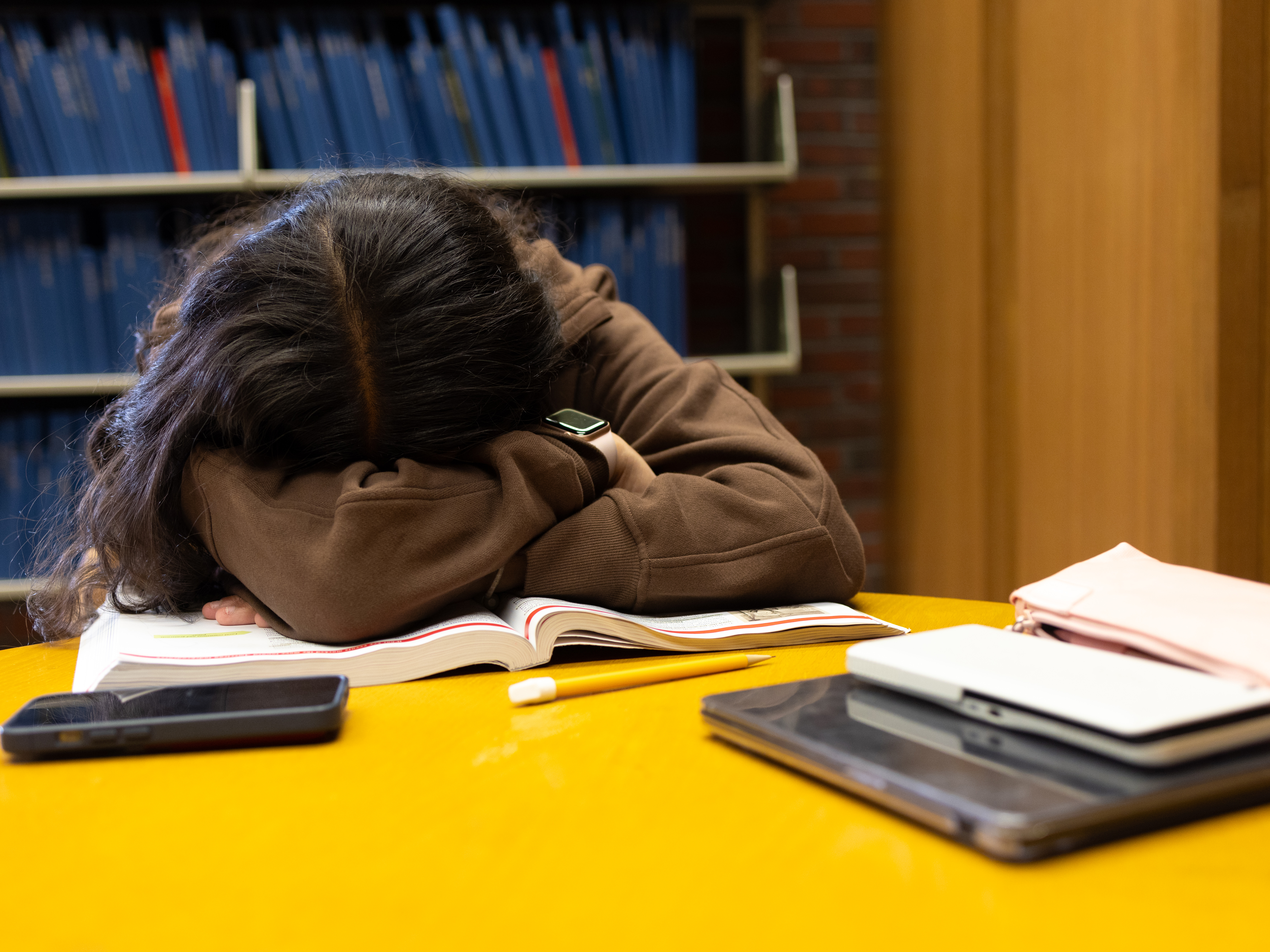
When I was a child, I couldn’t wait to grow up. I thought I’d enter adulthood as a fully realized person who had themself together. I envisioned a strong and self-assured woman. Life didn’t quite go as planned. I was diagnosed with attention-deficit/hyperactivity disorder (ADHD) during my sophomore year of high school. This diagnosis completely shifted the context of my life, including my future
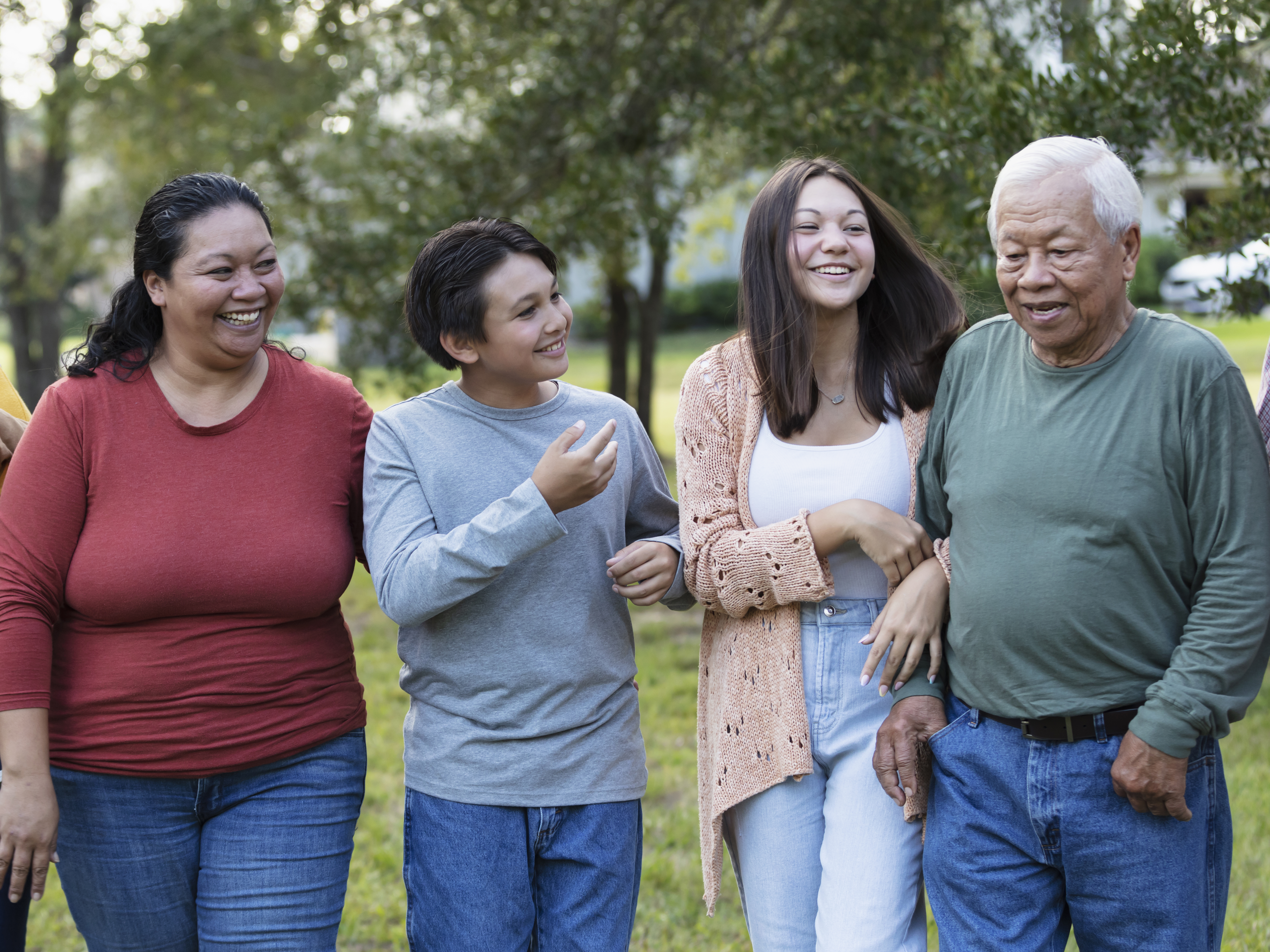
I’m proud of my Filipino heritage and my identity as an Asian American, but I can’t ignore the role stereotypes and culture can play in delaying diagnosis and enforcing stigmas around mental health. I attempted to conform to these stereotypes not to be seen as “weird,” as there were already ways I didn’t fit the norm as a child. Looking back now, I realize that was another form of masking.

Wandering, also known as elopement, is when a child — or a vulnerable individual — leaves the safety of a responsible person’s care and/or a safe environment. They might run away from the grocery store, leave their school classroom or escape from their family home alone.